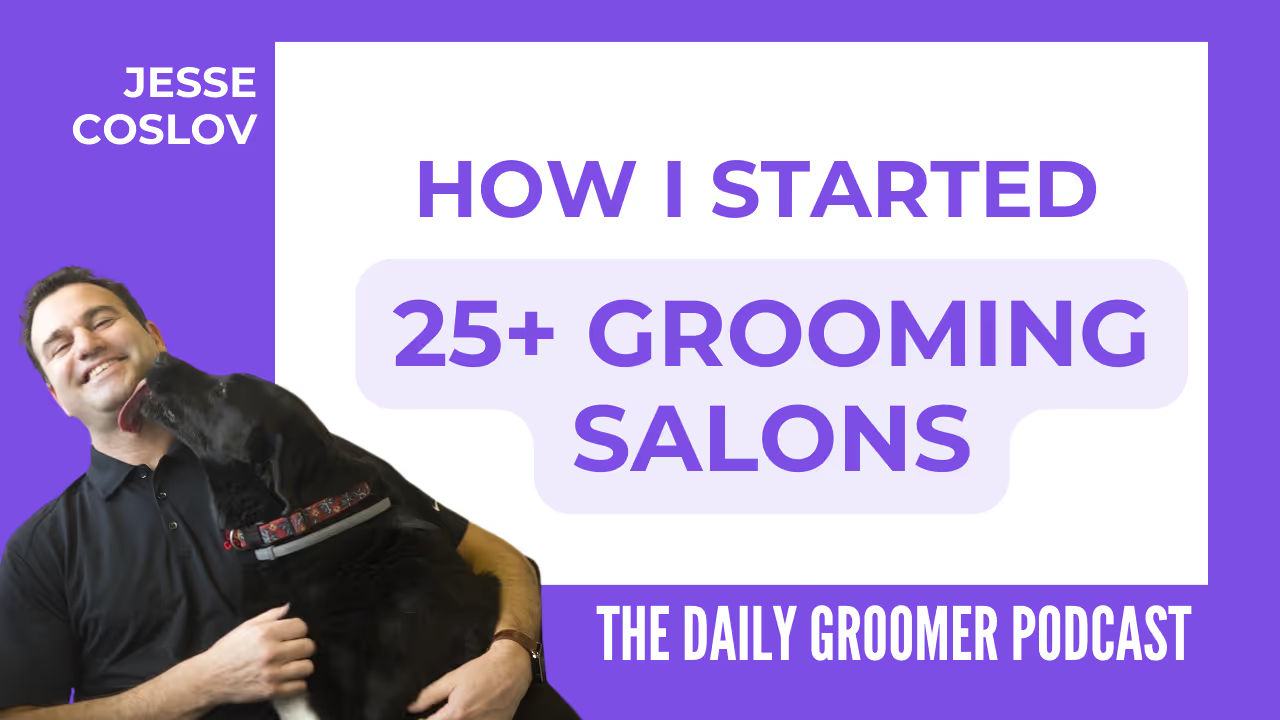Fear Free: A Transformative Initiative for Grooming Professionals
Discover how Fear Free is revolutionizing pet care by reducing anxiety and stress during grooming

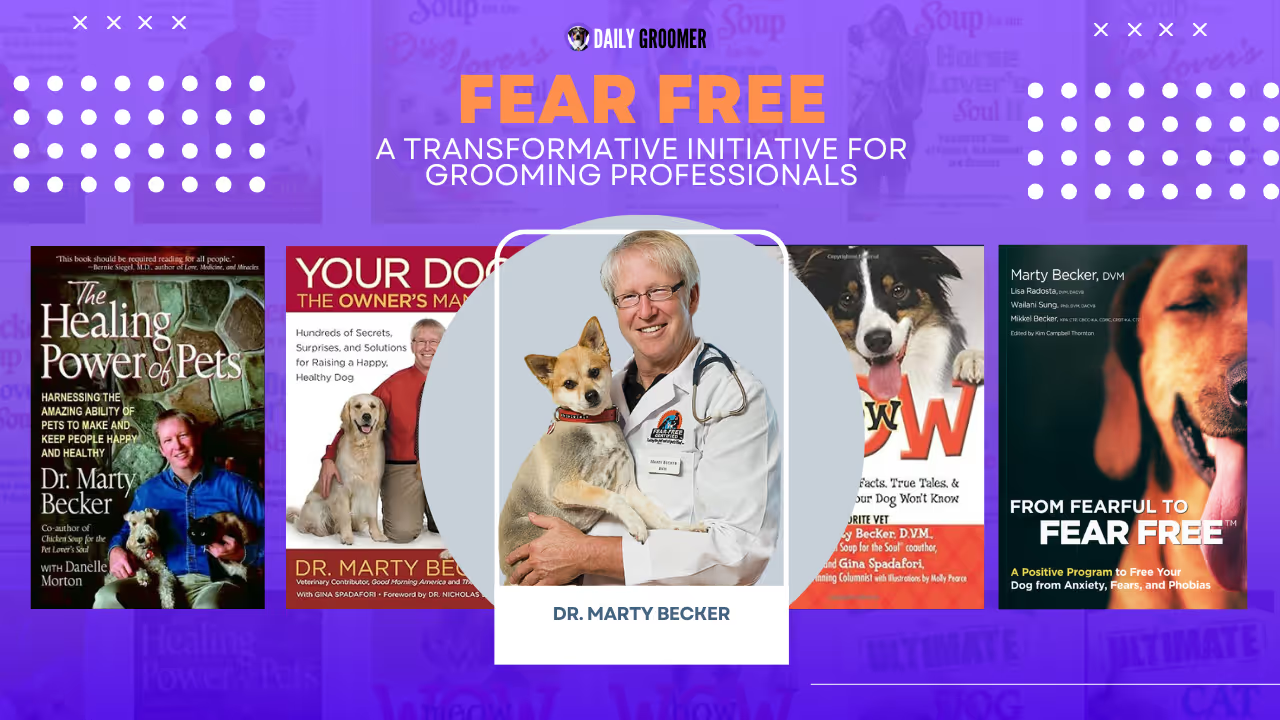
Dr. Marty Becker started Fear Free in 2009 because he wanted to change how pets, their owners, and the professionals who look after them, feel during visits for vet checkups and grooming. Fear Free is noticeably focused on making the vet and grooming visits less scary for pets. It tries to cut down on how afraid, anxious, or stressed pets feel when they must see their vet or get groomed.
This idea has changed back and forth in the animal care world, especially when we discuss vet treatments and grooming items. It puts a large emphasis on making sure pets are emotionally calm instead of being tense during their appointments. One may be satisfied with the knowledge that learning all the details. Understanding why it's important, what it regards, how someone gets to say they're certified Fear Free, and how it even started gives you the whole picture of what effect it has on taking care of pets.
Importance of Fear-Free
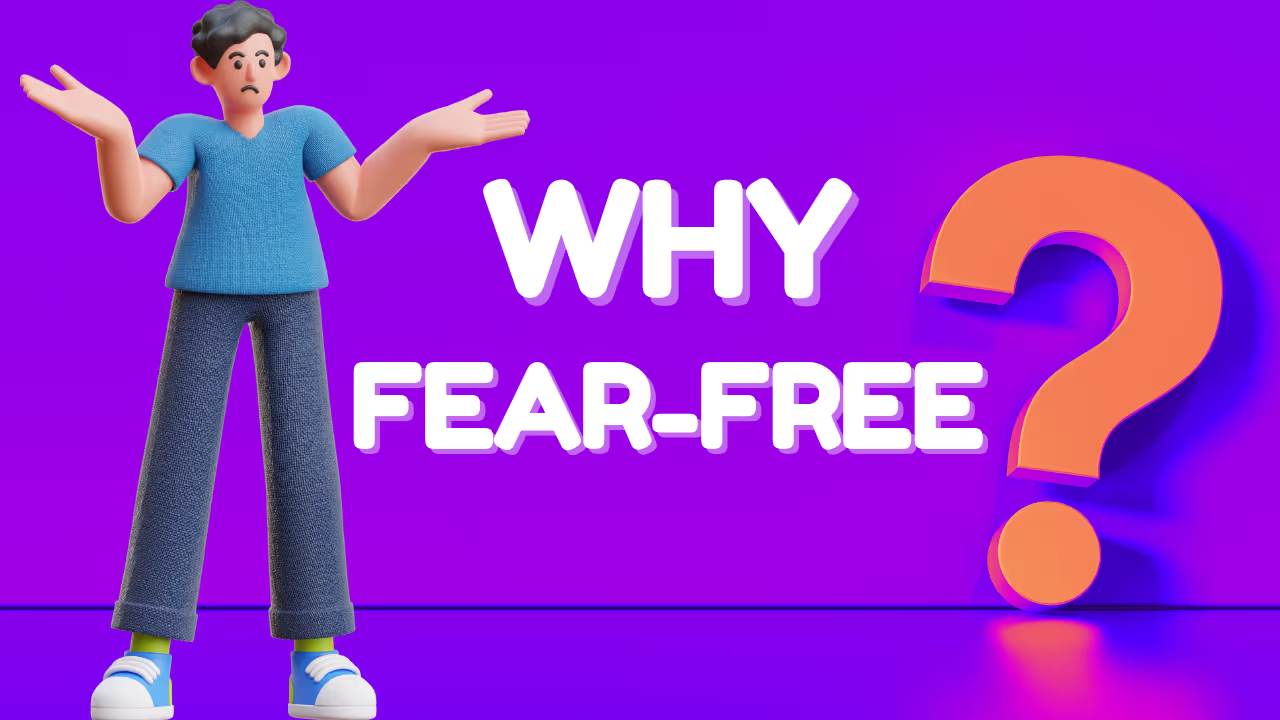
I'm digging deep into why we should rethink pet care, focusing on their mental health, which a significant quotient of people just ignore; the theory is that if we apply fear-free methods, we can barely improve our pets' overall good conditions. Pets, especially our furry peers like dogs and cats, get extremely stressed at the vet or groomers, and it isn't wonderful; they can go from a little anxious to very upset, showing violence or just shutting down. Here, I engage in an intense examination of how these fear-free ways of doing things can make both pets and owners happier.
When your pet isn't very scared, it's much easier for everyone involved. They're calm during check-ups and grooming, causing significantly less hassle for you and me. In addition, this cheerful event boosts the bond between humans and animals. A calm pet is significantly easier to deal with, and that builds a large amount of trust, making everything smoother.
What's surprising is traditional pet-care methods put almost all their eggs in one basket – physical health, resting on how rough these visits can be on our pet's mind--but stress isn't a little thing; it can destroy them --ending up with sick pets with content like weak immune systems, upset tummies, and very strange behavior--but adjust it to scare-free moves a significant quotient of these issues don't even start. This takes a load off everyone--ending up with wonderful years filled with health and great times for our furry friends.
Meaning of Fear-Free

The truth of this can't be ignored: pets do have feelings. They can get hit hard by phenomena such as anxiety, fear, and stress, affecting how healthy and happy they are. Fear Free gets that. It's primarily focused on saying no to scaring pets and yes to keeping their minds healthy too. It doesn't simply discuss being calm with pets -- it brings a whole new plan of action to the table.
Instead of the old-fashioned rough handling or making pets do what we want out of fear, Fear Free goes in with kindness and understanding. A meticulous examination reveals it's much more than just treating pets nicely. It thinks about what's going on inside their heads. It mixes knowing how animals think with intelligent and informed ways to keep their stress down and their tails moving.
On top of that, Fear Free looks at where our pets spend their time, such as the vet or getting groomed, and makes sure those places are as comfy as a nice embrace; think calming paint colors, lights that don't blind you, and music that's more about relaxing than rocking out.
At the vet, it's all those small details plus handling animals in a manner that doesn't scare them. And for grooming? They're an advocate for getting pets used to the process gently, rewarding them so they actually might start to enjoy it. Fear Free is very important news. It's turning pet care upside down and all for the better. It regards respect, not fear.
Certification
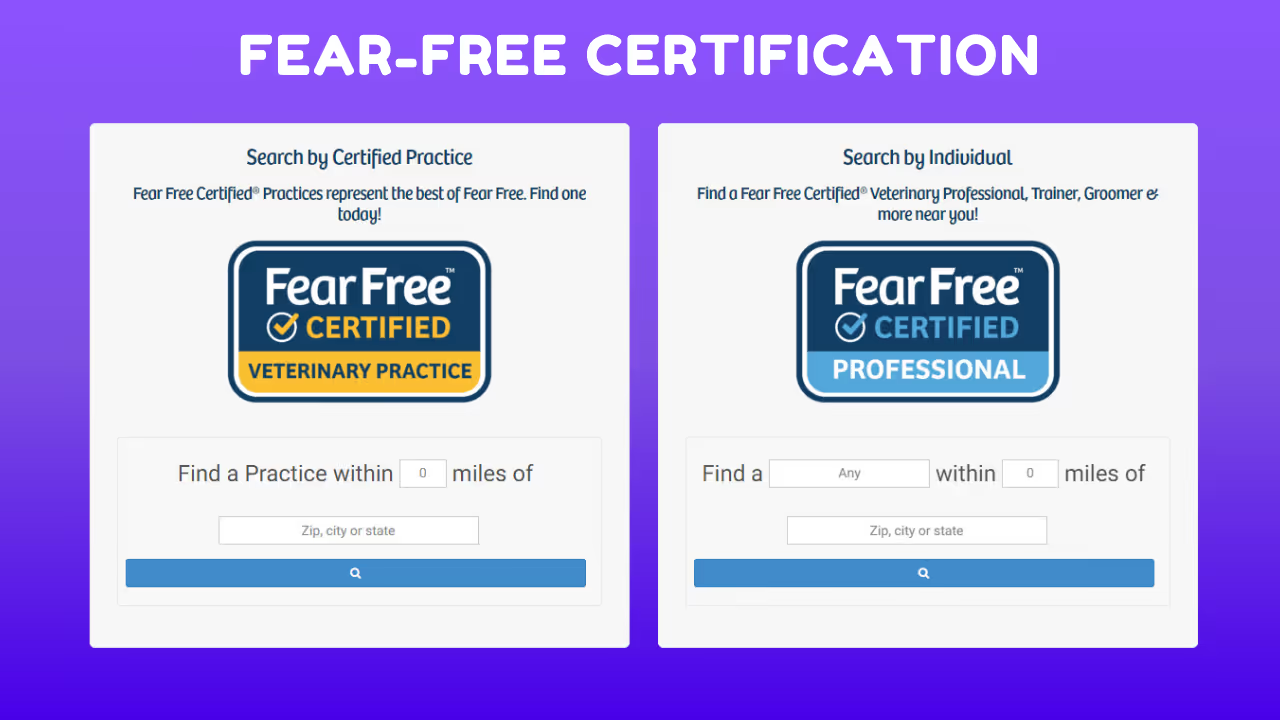
We hope this piece may enlighten you about a tale of something important in the concentrated environment, or world, of pet care - becoming Fear Free certified. It's not simply about reading material and ticking boxes -- you have to know how to take care of pets in real life, showing you're prepared with fear-free methods.
The situation is: once someone gets Fear Free certified, they have to keep learning new skills and renew their certificate—making sure they're always really good in giving pets a stress-free sensation. For those who study a lot about animal care, like vets, groomers, trainers, or even pet owners aiming high, the journey to Fear Free certification is not easy.
It's primarily focused on taking a deep dive through online courses: learning about topics from spotting when a pet is scared, stressed, or anxious -- to managing their mood -- and holding them the right way. Starting with who gets in on this, professions across the board from vets to everyday pet lovers have permission to get certified.
This wide-open door is focused on building a strong team of professionals, who raise the characteristics in pet care spaces everywhere, ensuring animals always get the gentle, fear-free treatment they deserve.
Origin of Fear-Free
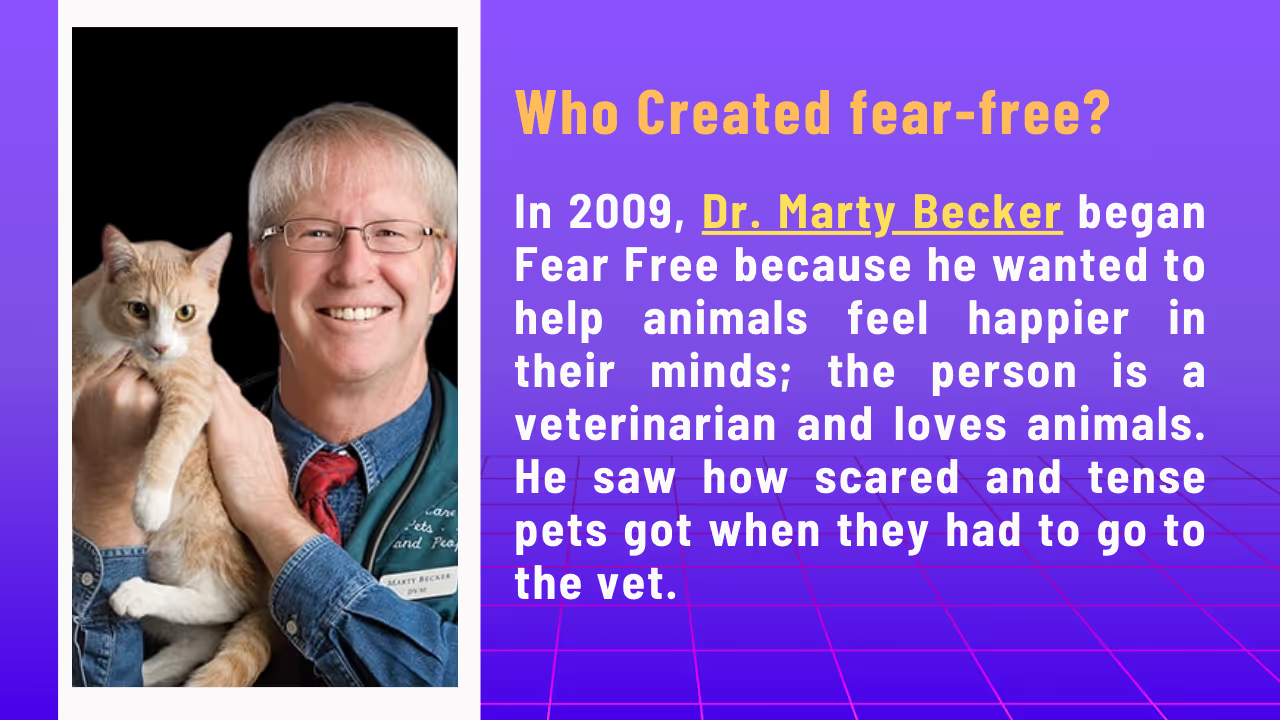
In 2009, Dr. Marty Becker began Fear Free because he wanted to help animals feel happier in their minds; the person is a veterinarian and loves animals. He saw how scared and tense pets got when they had to go to the vet. He started to think very hard about the fact that antiquated vet practices cared a lot about finishing tasks fast and not enough about how pets were feeling.
He knew there had to be a less scary way to do things for animals, taking into account their feelings. He leaned on his smart brain full of animal behavior phenomena and his vet skills to come up with a plan that would make animals calm. He called it fear-free treatment, and he was primarily focused on cutting down the fear, stress, and anxiety pets felt. Surprisingly fast, several other intelligent and informed people in animal care started to think Dr. Becker was onto something solid.
Now, Fear Free isn't simply a small-time operation -- it's a large organization with a significant amount of professionals all over the globe working on it. In our pursuit to understand, it's become essential to treat pets with kindness and care, considering their emotional conditions along with their physical well-being.
The whole notion keeps growing, with ongoing research and new ideas coming in to improve animal mental health. All of it sounds extremely noble in theory but not necessarily in fact. It's revolutionary for pets and keeps getting better as more and more professionals get on board.
Groomers Noticing Signs of Pet Stress

Groomers, who convene with pets significantly more than vets do, are typically the ones who notice when a pet is feeling stressed. Vets might see a pet just a few times in a year--but groomers stay with these animals a lot and notice when they start acting differently because they're stressed or scared. The caretaker strived to make sure pets didn't feel scared during their care.
Identifying Signs of Stress
It is moreover apparent to you and i that groomers need to spot stress in pets to ensure they get the care they need
Afraid to Enter the Grooming Area:
A scared dog might make itself small by bending its back, lowering its head, and tucking in its tail, or it might get very rigid; this shows the pet isn't feeling safe.
Changes in Posture:
Pets show stress in disparate manners. If a pet acts scared or doesn't want to go into the grooming area, it could be because of bad past experiences or fear of the grooming itself. Stress can change how a pet carries itself, too.
Vocalizations:
Pets that are stressed might make a lot of noise - they could whine, bark, growl, or meow a lot; this is how they tell us they are not feeling good.
Excessive grooming or self-soothing:
Animals may lick, scratch, or bite excessively when anxious. Without addressing this habit, it can lead to skin irritation or damage.
Panting or Drooling:
In dogs, stress-related panting or drooling is common, especially in conditions where the dog would not normally exert itself.
Aggression or Withdrawal:
A stressed pet may become aggressive, displaying behaviors like growling, snapping, or biting. Conversely, some pets might shy away, becoming calmer or more submissive than before.
Change Grooming Mindset for Fear-Free Pets

What is salient, and maybe surprising: fear-free grooming takes the spotlight away from just getting the job done quickly and focuses more on making sure pets feel okay throughout their grooming session; in my opinion, I consider the old way of doing things – where pets were often tied up, and everything was rushed, to ensure as many appointments could fit into a day – wasn't thinking about how scared or stressed the pets might be; those traditional methods cared more about speed and smashing in as many clients as they could, basically ignoring how the pets felt. Doing things extremely fast and not caring about the pet's feelings would just scare them even more, making them bristle for future haircuts or baths. Because of all that rushing and stress, pets could end up hating the groomers and getting scared or even aggressive every time they had to go back. And it's important to note, that pushing pets too hard could lead to some bad behaviors outside of the grooming salon, too – like being extremely anxious or even acting out more. This fear-free approach is a huge change. It highlights the pet, ensuring their mental and emotional conditions stay excellent. This helps a lot, not only for pets but also helps in getting along better with their groomers.
Pet Grooming Perspective of Stress Management Techniques

Groomers can prevent a significant quotient of stress during pet grooming by figuring out when pets are stressed and doing something about it. One mustn't deny that making grooming sessions easy and stress-free for pets is extremely important for making sure the whole notion feels comfortable, safe, and happy for them; to do this, groomers need to mix adjustments in the location where grooming happens, ways to help pets behave better, that helps pets calm down. If groomers can manage stress well, it makes the grooming feeling significantly more positive and calm for the pets. Working on not frightening pets is a key part of ensuring they don't get scared during grooming.

Environmental Modifications
Creating a peaceful and stress-free environment is critical for minimizing anxiety in pets. This includes:
Quieting the Space: Less noise and fewer interruptions from the grooming area could be key factors. Background music or white noise can also be useful to drown out any intrusive sounds.
Comfy Surroundings: Ensure the grooming space is tidy, well-lit, and offers comfortable surfaces for pets.
Safe and Secure Handling: Gentle handling techniques and avoiding unnecessary restraints can prevent pets from feeling confined or fearful.
Behavioral Techniques
Types or categories of behavioral techniques should also be considered when managing a pet's stress during grooming.
Desensitization Techniques:
Begin with quick grooming sessions for your pet and then lengthen them slowly as your pet starts feeling calmer. Slowly let your pet see grooming equipment and keep these things near where they relax was done by introducing grooming in short, special gatherings; this strategy decreases their stress about getting groomed through the months and years.
Counterconditioning Strategies:
As for making them enjoy being groomed, that's where Counterconditioning steps in. It’s focused on making your pet happy about grooming by linking it with fun feelings. Praising them a lot and giving them treats during and after grooming does the trick; to make sure they're having a good time, using their primary (or main) toys, or a bit of playtime as a reward, was done by making every grooming activity something they look forward.
Breaks and Short Sessions: Grooming sessions can be overwhelming for some pets, as dogs and cats hate water, so taking breaks during grooming can help your pet grooming experts address the issue while still giving the pet a chance to relax.
Calming Products

Calming products may be useful in times of stress.
Aromatherapy:
Essential oils, for instance, lavender or chamomile, are wonderful because if you use them right, they can calm pets out. But, you have to check that whatever you're using is okay for pets.
Calming Sprays or Diffusers:
Using items such as calming sprays or diffusers that let out pheromones is a smart and wise move. It kicks down the tension and worries in pets during grooming.
By going with these tactics, making grooming easier for pets is done by groomers; this turns grooming into a time that’s significantly better for both the pet and the person grooming.
New Technology Upgrades Benefit Pets and Owners
New gadgets and devices are seriously helping our furry friends and their humans. By keeping an eye on both the mental characteristics and body conditions of pets, these technology upgrades are really good for everyone involved. Technology Backed by Intelligent and Informed Brains
With everything getting smarter, it's no surprise that pet care is on the intelligence train too. Ai, that smart technology, along with very intelligent and informed watching devices is now a thing for pets.
AI and Monitoring Systems
Content similar to Companion AI is noticeably focused on picking up on what a dog's face is saying, or how it's acting, to figure out if they're unhappy—out or in—any somewhat stressed, this is very smart; that's not all, though; these gadgets also track their fitness levels and look at if their bodies are doing this is extremely handy information for those taking care of them. There is not surprisingly a potential to completely change how everyone thinks about pets' health and happiness by using all this spectacular, intelligent, and informed technology.
Improved Communication
The upshot of this entire piece is that technology's getting better for pets, and it's making everything easier for people who have pets, and the experts who take care of them. Future material looks even brighter because they are trying to make better gadgets and tools; they are also figuring out how to use technology in everyday pet care in a smoother way; today, there are these amazing computer programs that let pet owners speak to vets or groomers without having to actually go see them, which is extremely convenient.
Future Developments
In addition, some gadgets let owners watch their pets' health every day, which helps them stay connected with their animal friends' needs. Overall, as technology keeps evolving, things are only going to get better for pet care—making it less scary and stressful for pets, and also a whole lot easier for the people who love them.
🙋FAQs: Solutions to Your Most Common Questions
Who invented the Fear Free model?
Fear Free was founded by "America's Veterinarian," Dr. Marty Becker, and developed by hundreds of professionals in behavior, medicine, and handling.
How is Fear Free beneficial for the owner?
"Pets and their owners are less stressed, which leads to better compliance with guidelines. The pet owner may concentrate on addressing the pet's medical issues with the veterinarian staff, rather than rushing out of the exam room due to fear, worry, and stress."
Summary
The main idea of this entire piece is that the Fear Free movement is changing how we take care of pets by focusing on keeping their stress, fear, and anxiety as low as possible. Now, groomers and vets are boosted with special training that helps them make visits less scary and calmer for both dogs and puppies through fear-free certification.
It seems that groomers are extremely key because they're able to catch any signs that a pet is feeling very worried, which makes the whole groom session much better for the animal. This approach isn't only making dogs happier and healthier, both in their minds and bodies--but it's also strengthening the bond they share with their owners, turning day-to-day pet care into something a lot more enjoyable for everyone involved.
Making pet care more kind and gentle with fear-free methods is a major win for pets and the people who work with them.

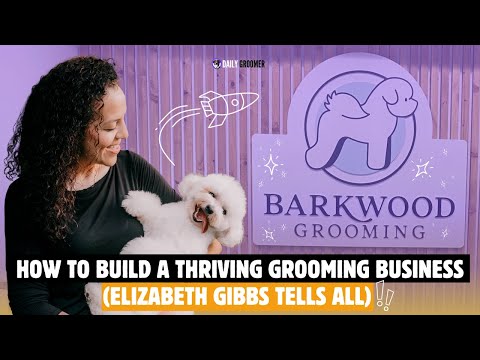












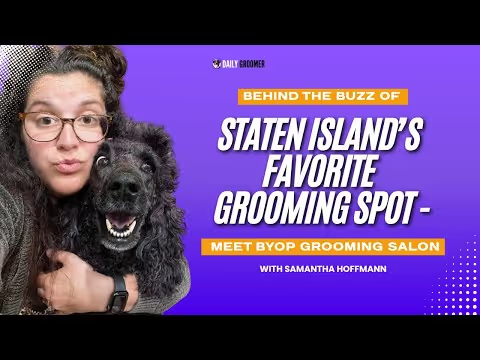










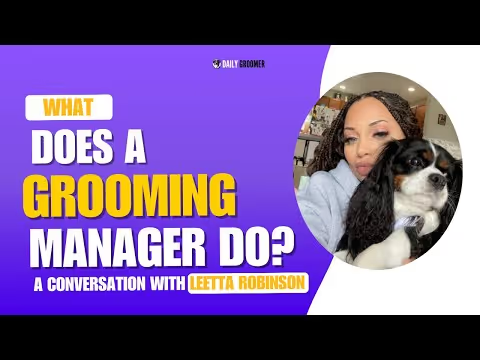



















.avif)

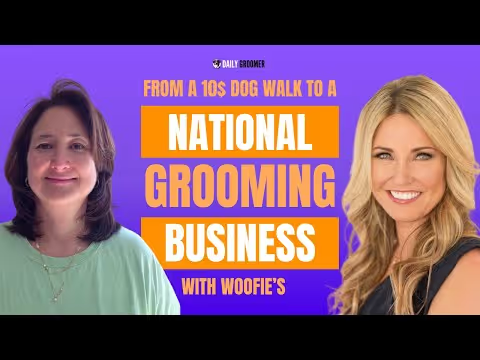










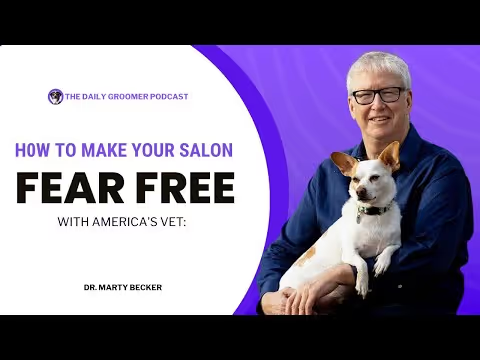













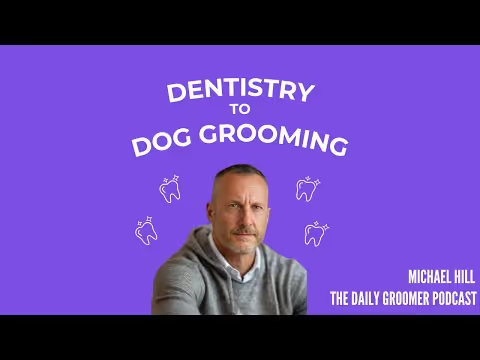




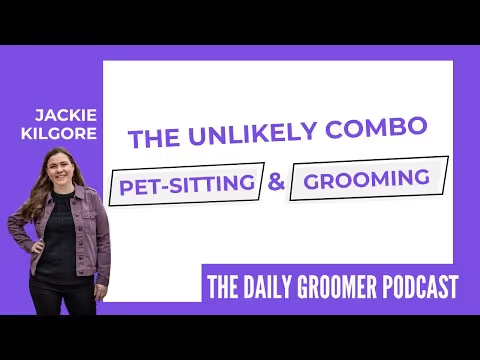




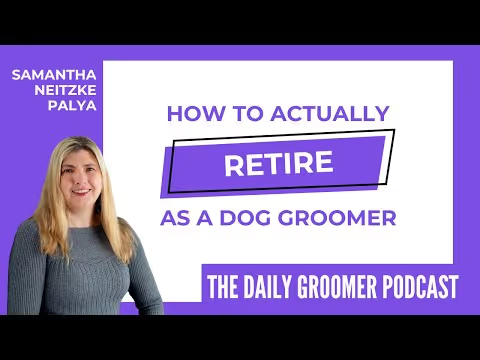




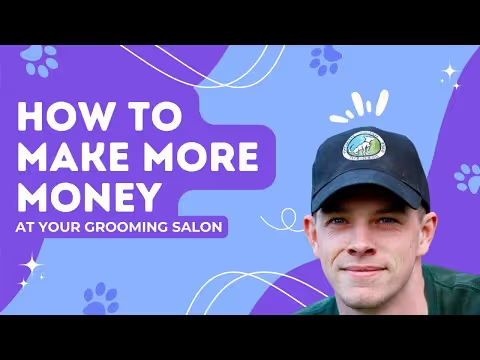








.avif)


